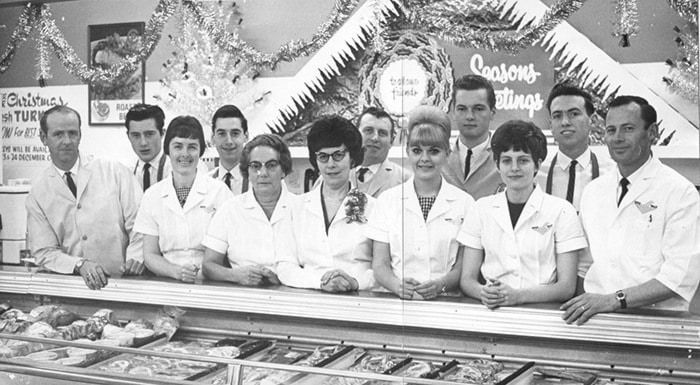Today one can download or buy almost anything at the click of a button. This takes the stress out of holiday shopping, as everything can be done from the comfort of your living room, foregoing the lines, or trips around the parking lot finding that perfect space.
Yet, along with the convenience of online shopping, comes the decline of tangible catalogue perusal.
Some may not consider this a loss, as with it comes less coffee table clutter and waste.
But when it comes to children and the Sears Christmas Wish Book, a bit of the experience is lost in the digital world.
There is an art to a child’s Christmas list, after all.
In 1933, Sears started its Christmas catalogue tradition that, in the decades to come, would make the Wish Book a well-known and eagerly anticipated item each year.
The joy of flipping through the glossy pages, tearing out selections was nearly comparable to receiving gifts themselves.
The very first Christmas catalogue was a separate booklet apart from the annual Sears catalogue, and included only a few items: a Miss Pigtails doll; a battery powered toy automobile; a Mickey Mouse watch; Lionel electric train set; a three-pound box of chocolates; and of course, a fruitcake.
All items were priced at less than $2, which today, would stand at under $34.
It was not until 1968 that Sears made it official by renaming the Christmas catalogue the “Wish Book”. The Wish Book advertised the most popular toys each year, and had a large cultural influence on children. The top toys of a decade would be based on which toys were displayed in the Wish Book. Across the 20th Century, these top toys included: teddy bears; Pogo Sticks; Scrabble; Barbie; Hot Wheels; Atari; Cabbage Patch Kids; and Pogs.
By the 1990s, in America, the Wish Book had diminished in size. What once was a 300-page book, now stood at 100 pages and was renamed Little Big Wish Book.
By the mid 1990s, all distribution had stopped. In Canada, however, Sears has continued the tradition of the Wish Book, although it is now smaller in size, and since 2009 there has been an interactive online version of the catalogue. This has allowed shoppers to easily turn the virtual pages of the catalogue and purchase products instantly.
While a virtual pin board is certainly the way of the future, one cannot help but lament the loss of flipping through the Wish Book, cutting out pages and recreating one’s own ‘dream book’ in tangible form.
Not only as an exercise in imagination, but from a historical perspective, it becomes harder and harder to track prices of goods and what is popular from one decade to the next.
If all of this information becomes stored, or most likely, deleted data, how will it be searchable 50 or 100 years from now?
Allison White is the curator of the Maple Ridge Museum.
